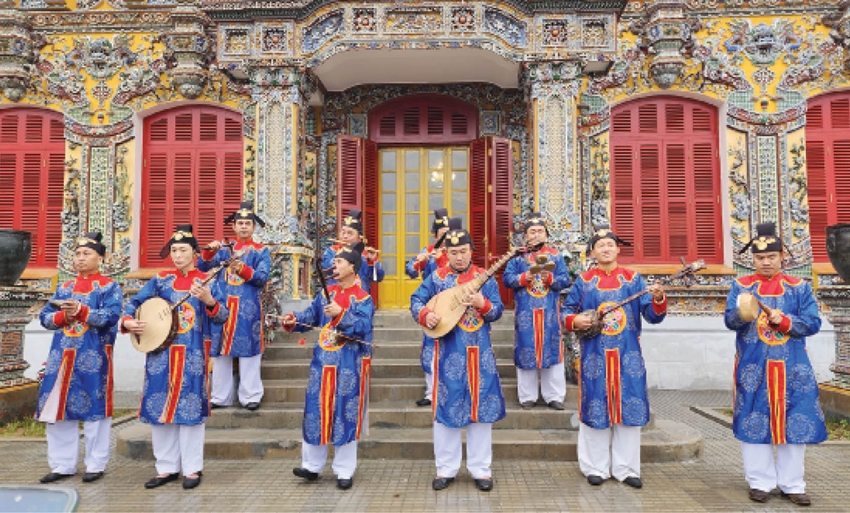 |
| Royal court music performance for tourism |
Connecting the past and the future
With the advantage of being a land rich in heritage and cultural values, Hue possesses a particularly rich and diverse UNESCO heritage treasure, creating a unique advantage in multi-sector development. With 8 world heritages recognized by UNESCO; of which, there are 6 heritages of its own, Hue holds a special position not only in Vietnam but also in the Southeast Asian region.
According to Director of the Hue Monuments Conservation Center (HMCC) Hoang Viet Trung, Hue's outstanding advantage lies in the diversity and connectivity of its heritages. The Hue Monuments Complex is not just a simple architectural work, but also a place to preserve royal music , architectural poetry, a system of waterways, landscapes, trees, etc. "This intersection creates a comprehensive cultural experience, completely different from individual heritages in other localities," said Mr. Trung. This opens up opportunities to develop multi-dimensional experiential tourism models, combining sightseeing, enjoying art and learning about history. Moreover, the presence of both tangible and intangible heritages creates conditions for Hue to develop a unique cultural and creative industry.
On that basis, the Heritage Economy in Hue does not only stop at protecting cultural values, architecture, and typical landscapes, but also aims to develop cultural industries based on heritages, promote heritage tourism, create sustainable revenue to reinvest in conservation and create new economic values from traditional beauty.
At the recent international forum “Some orientations for developing heritage economy, green economy and digital economy in Hue”, President of the Korean Institute of Architecture and Urban Affairs - AURI, Dr. Reigh Young Bum said that in order to preserve Hue's precious cultural heritage and at the same time promote the local economy, a creative approach is needed, which is the combination of green economy and information technology.
Museum complex: “Gold mine” for cultural economy
Hue has a superior advantage in developing a green economy and a digital economy based on cultural heritage. To realize this goal, the strategic solution, according to experts, is to combine heritage economy, green economy and digital economy.
“Hue should establish a museum complex combined with a commercial center and creative space,” Mr. Reigh Young Bum suggested. It is not simply a place to display historical artifacts but also becomes a living space, recreating time and history through technology and real-life experiences. In particular, museums are of great importance in enhancing the competitiveness of cities. For example, London - one of the world's leading cultural cities, has succeeded thanks to owning 250 theaters and 25 leading free museums, attracting up to 20 million international visitors each year. This is a valuable lesson that Hue can refer to.
Therefore, according to the President of AURI, a comprehensive cultural ecosystem not only promotes historical tourism but also facilitates local people to participate in creative activities. This is the way for Hue to accumulate social capital, creating a space where people can work, create and connect.
Looking at the world, cities like Paris, New York, London not only stand out for their heritage, but also know how to "activate" those values through creativity and technology. In particular, Paris is famous for its lively museums like the Louvre, with the use of interactive technology to help visitors gain a deeper understanding of works of art. Or the Museum of Natural History in New York, a typical example of applying AR technology, creating a special experience that attracts visitors of all ages. Or London, with free museums like the British Museum, has created the image of a cultural and friendly city, while promoting revenue from accompanying services such as souvenirs and cuisine. "Hue can absolutely learn and apply these models, while combining them with the unique culture of Vietnam to create a difference," Dr. Reigh Young Bum suggested.
Attraction for tourism
The unique combination of heritage types also creates opportunities for interwoven development between tourism, culture, education, technology and creativity. These initiatives not only preserve heritage values but also bring new appeal to tourism.
According to Mr. Hoang Viet Trung, models for developing heritage economy, green economy and digital economy can be based on 5 pillars that Hue possesses, including: Developing the medical heritage space of the Imperial Medical Institute (with health care services for tourists and accompanying products); Exploiting the waterway system of the Imperial City (organizing eco-tours on the river, combined with historical reenactments, which can increase the attraction of Hue); Exploiting the space of the Upper Citadel (to form experiential tours); Strengthening heritage education and organizing cultural festivals and thematic festivals (on royal music, martial arts, royal festivals, etc.); Applying digital technology and digital museums on the heritage platform (recreating lost works or royal ceremonies to bring unique experiences to visitors and generate revenue from online tickets). In addition, the Law on Cultural Heritage (amended) taking effect from July 1, 2025 will be an important legal basis to help Hue exploit its existing cultural heritage treasure more effectively.
The ancient capital of Hue is not only a “living museum” of Vietnamese culture, but also has the potential to become a center of creativity and international connection. “With a harmonious combination of conservation and development, the heritage economy will be the door to a new future for Hue: Modern, dynamic, but still preserving the “soul” of the ancient capital.
Source: https://baothuathienhue.vn/van-hoa-nghe-thuat/dong-luc-moi-cho-di-san-hue-149665.html



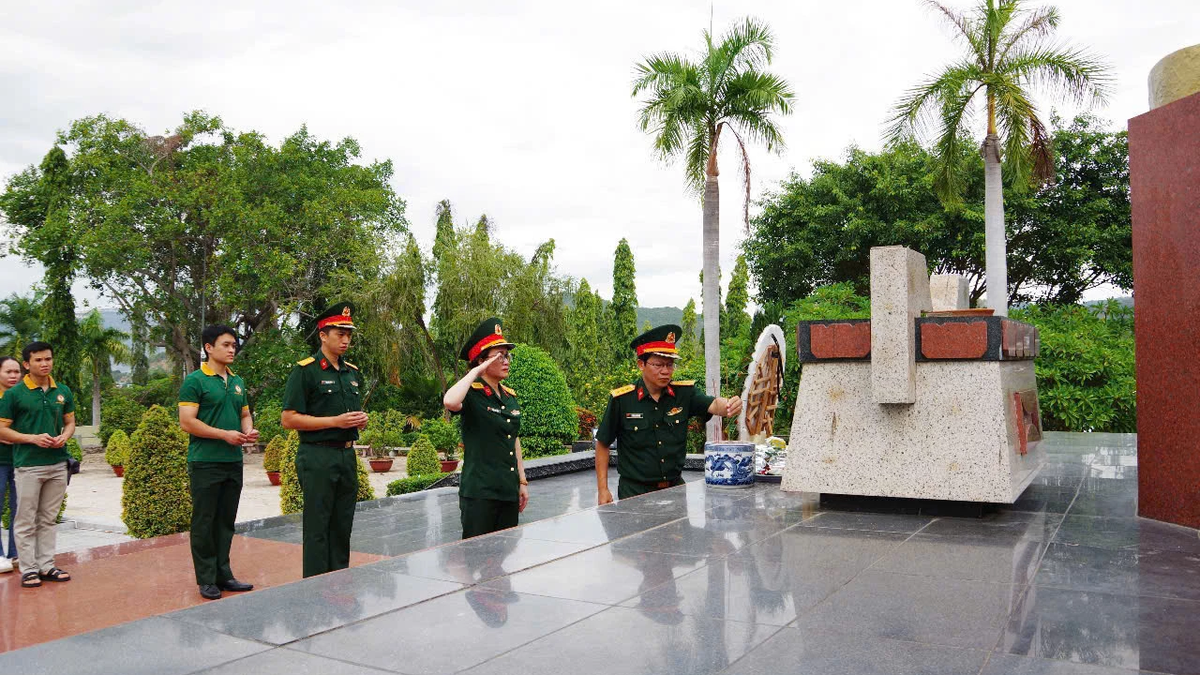


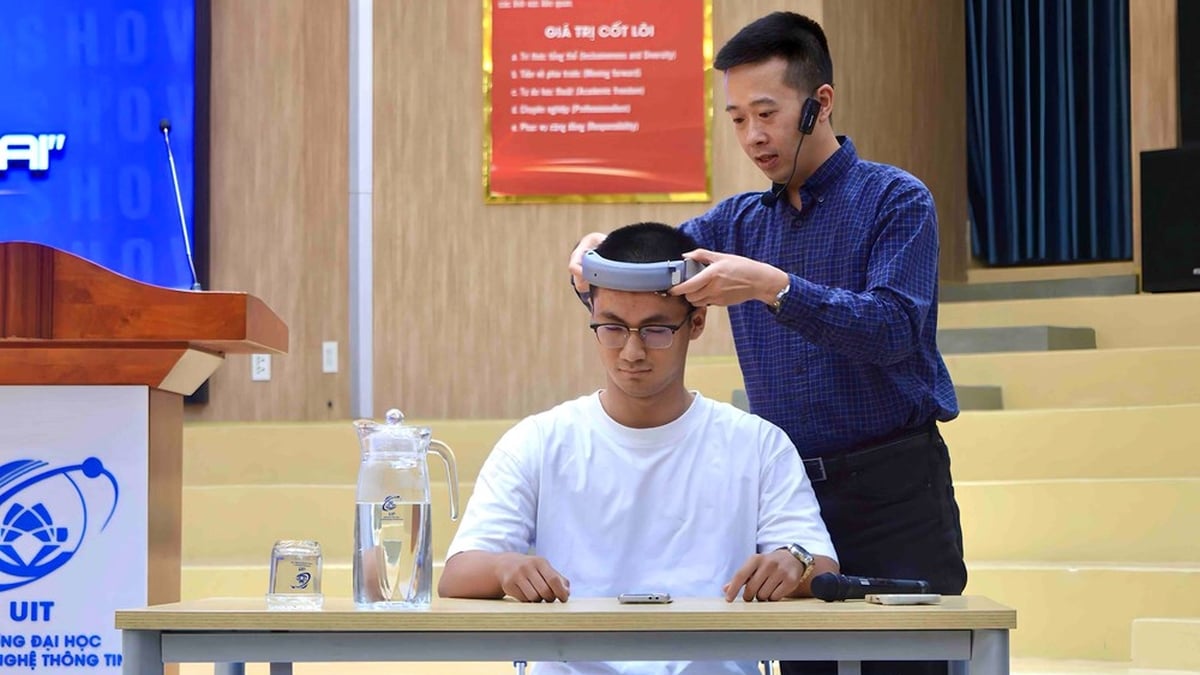
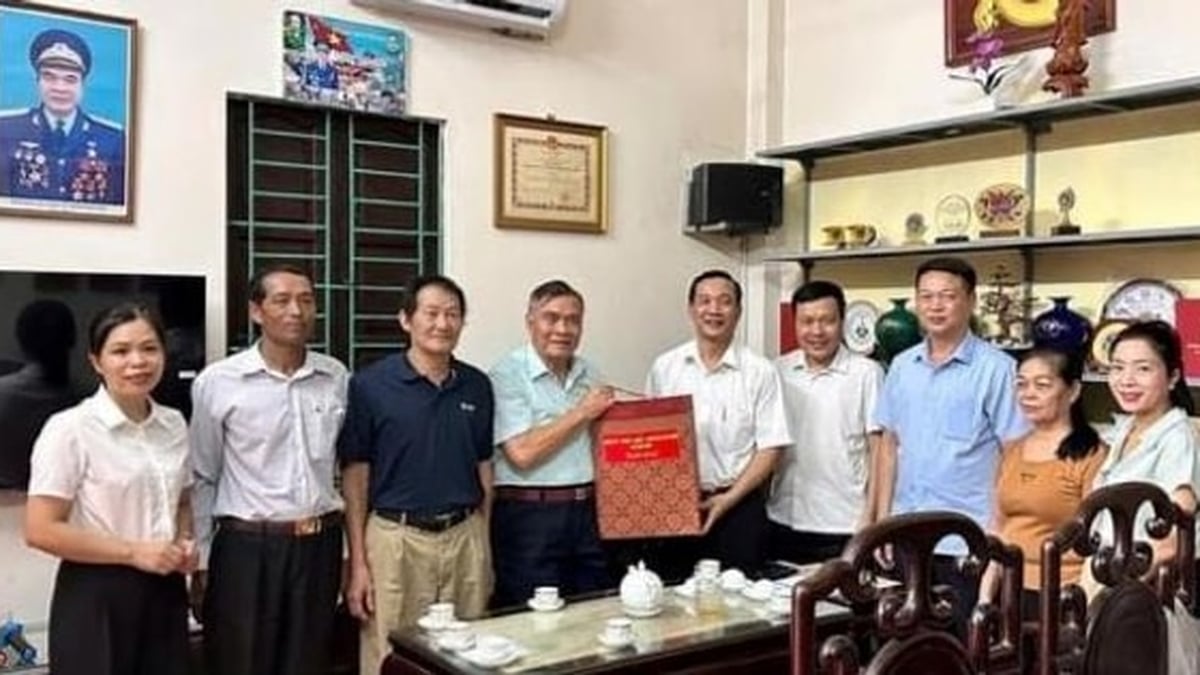


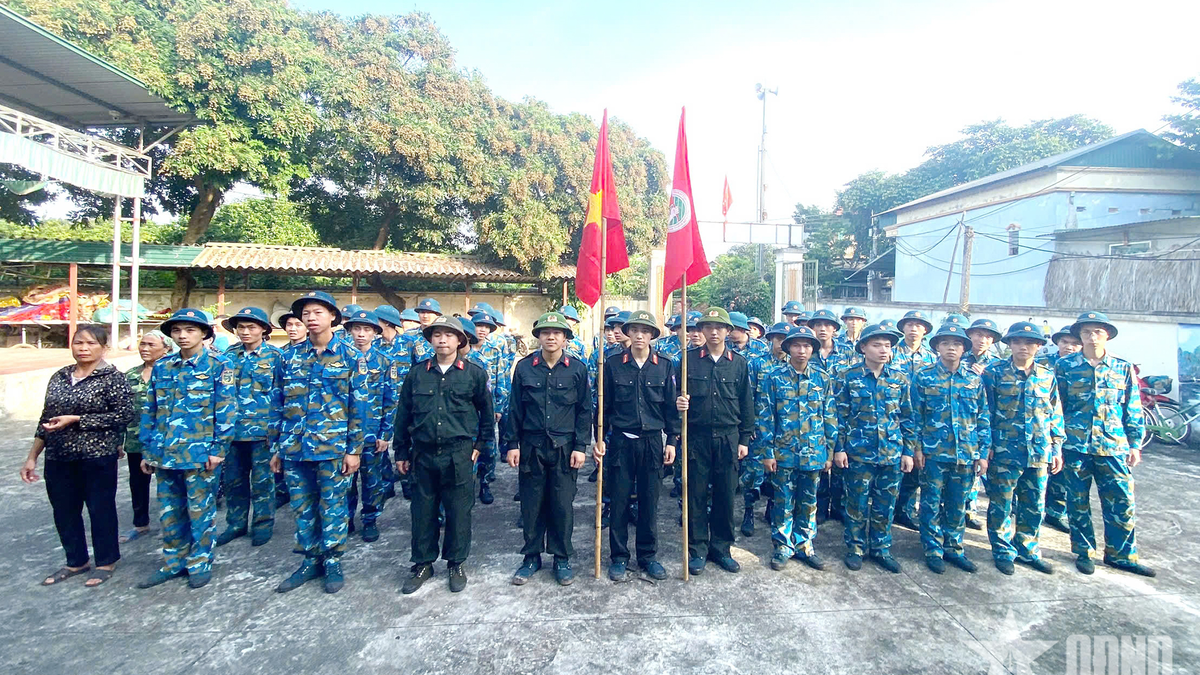
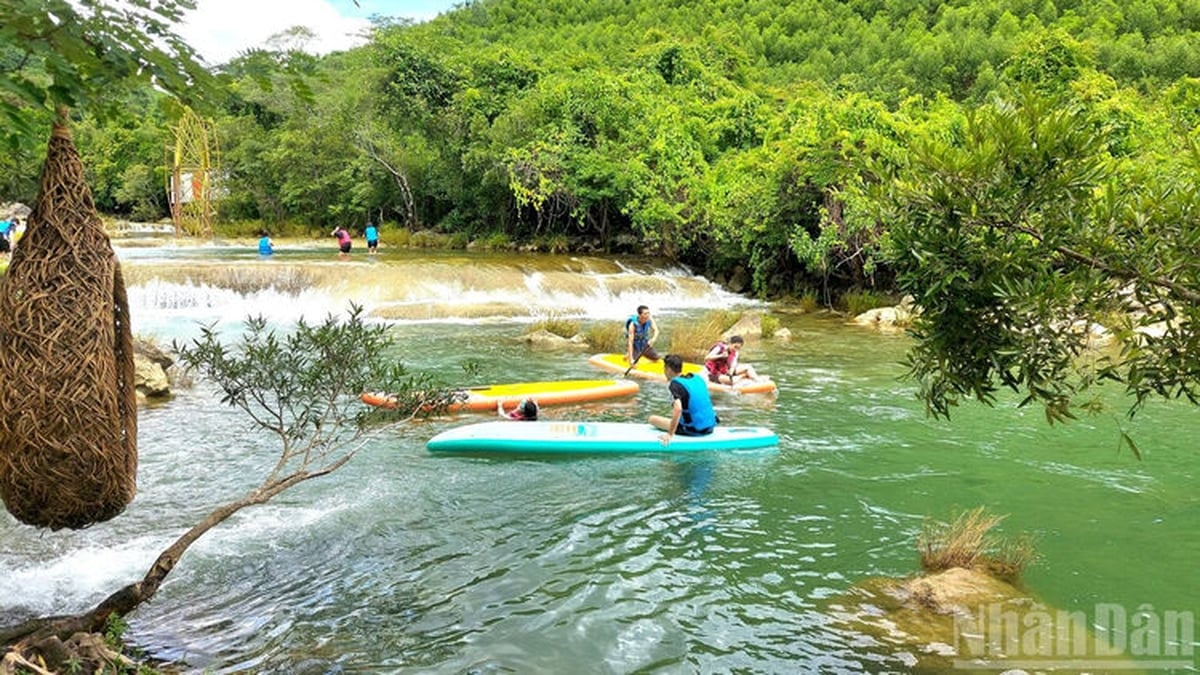























































































Comment (0)